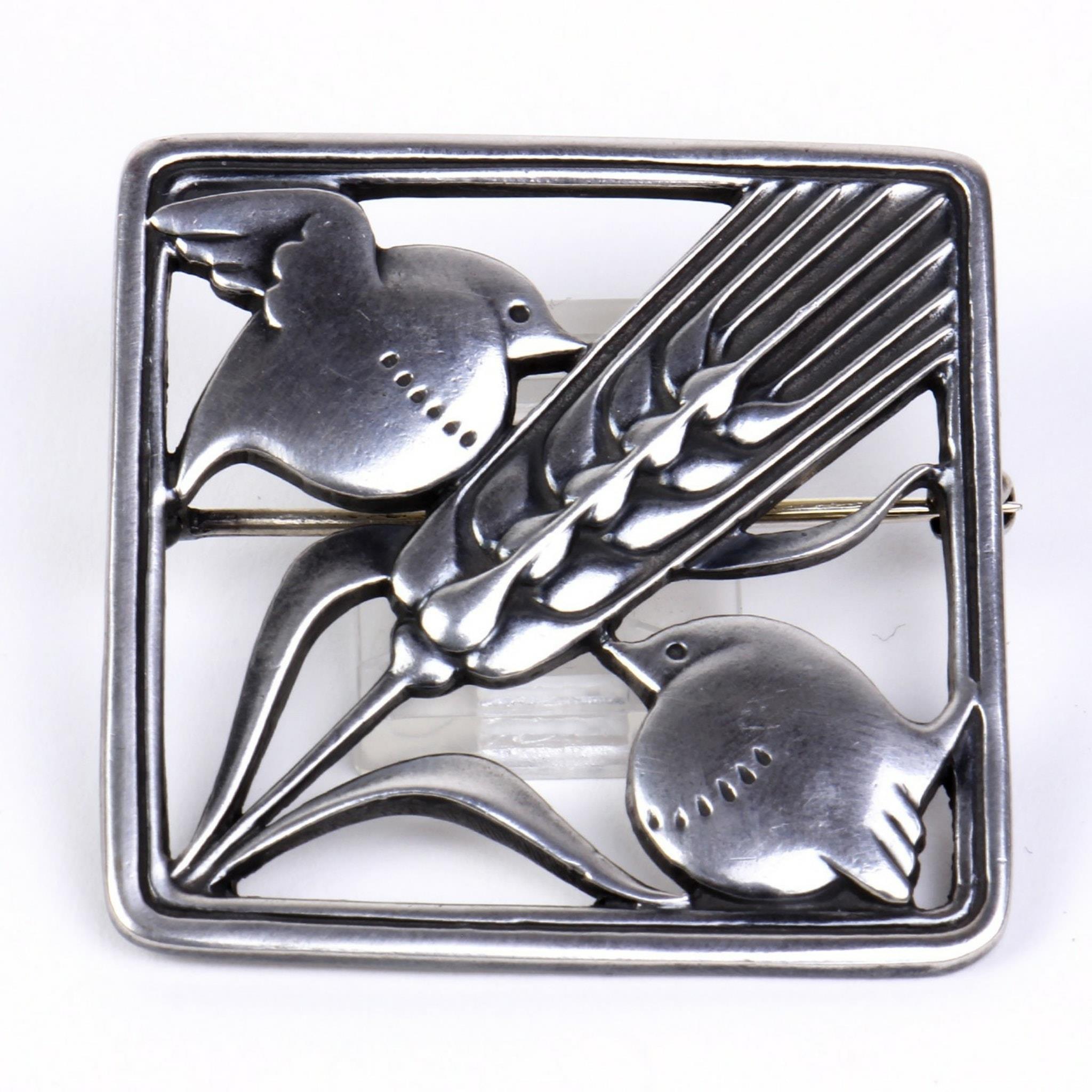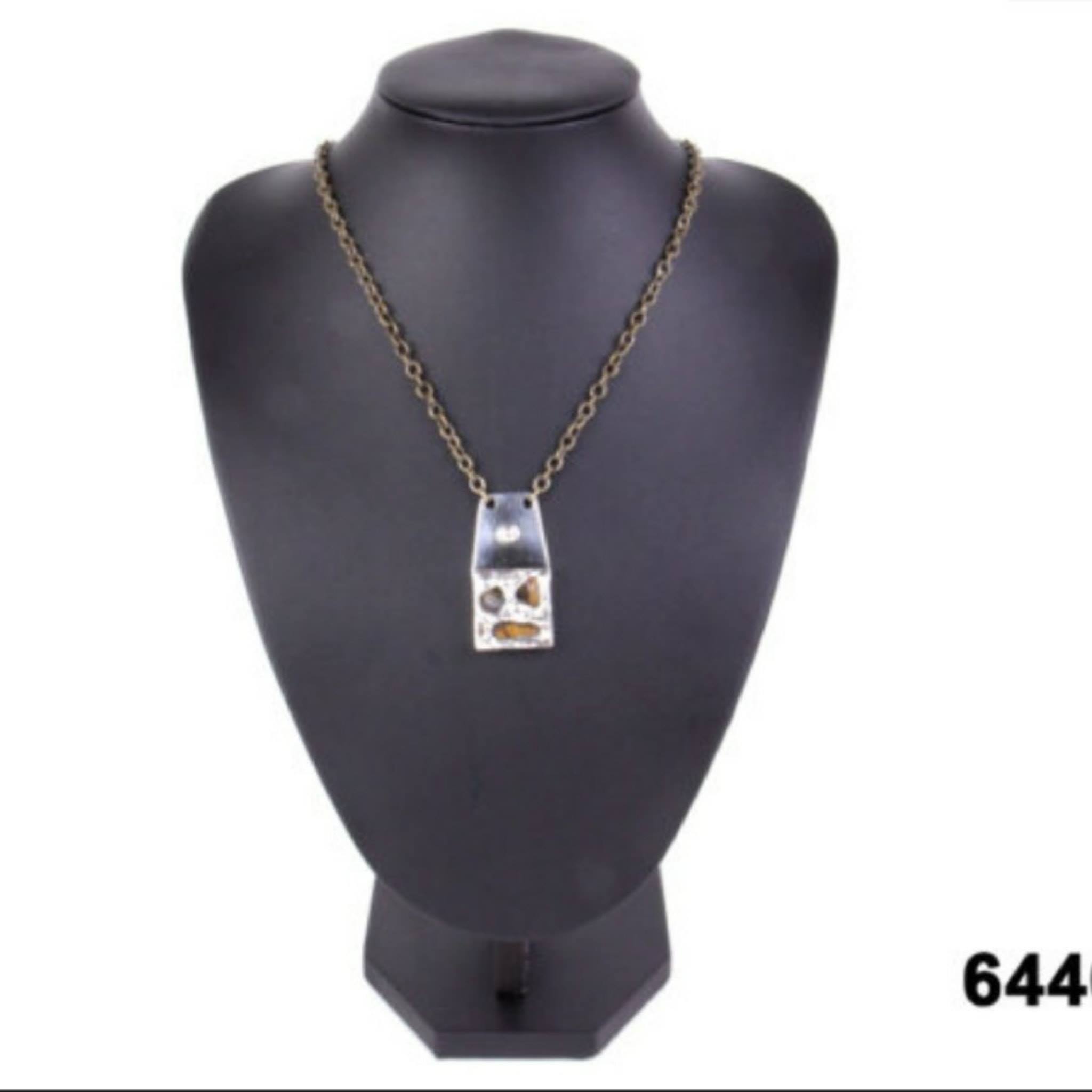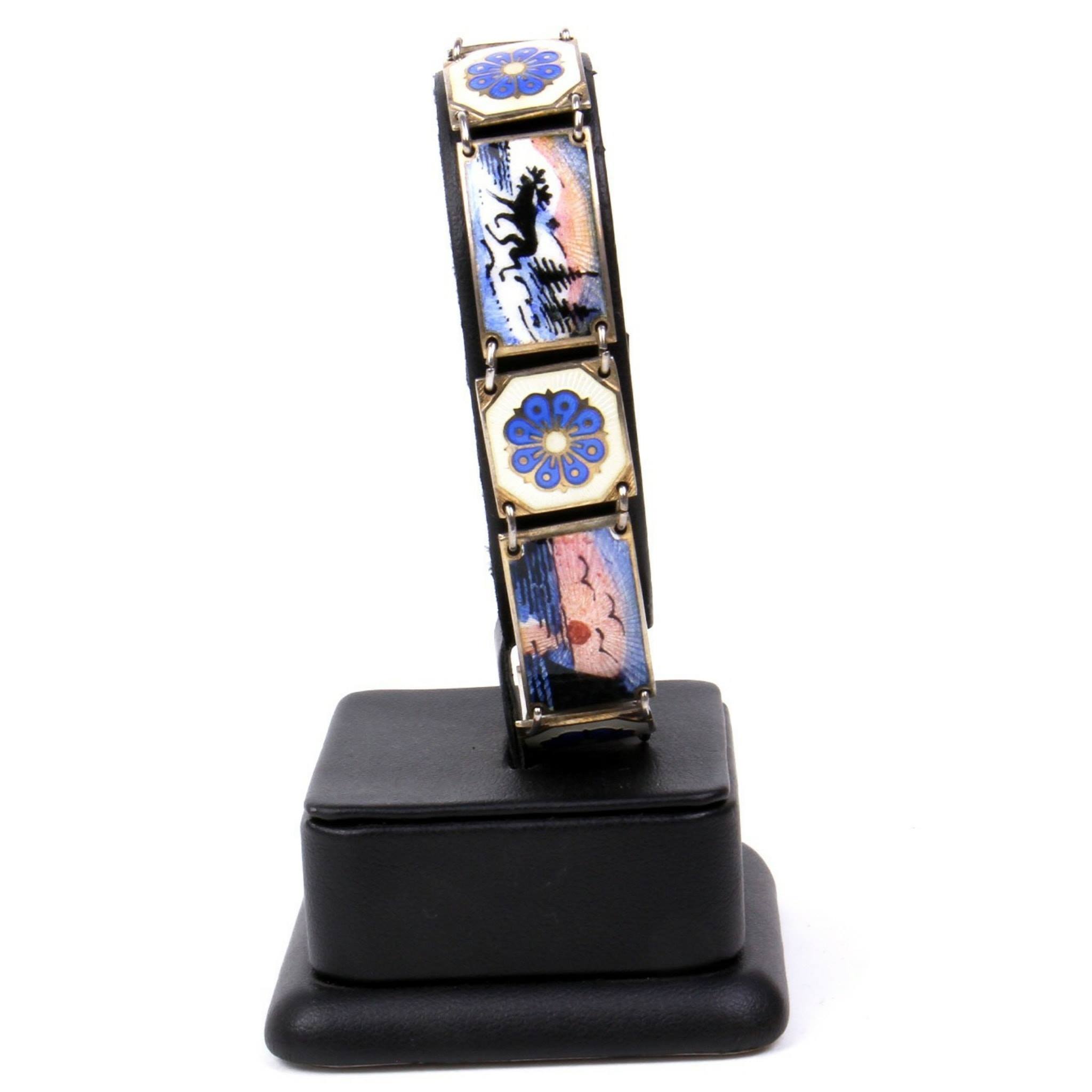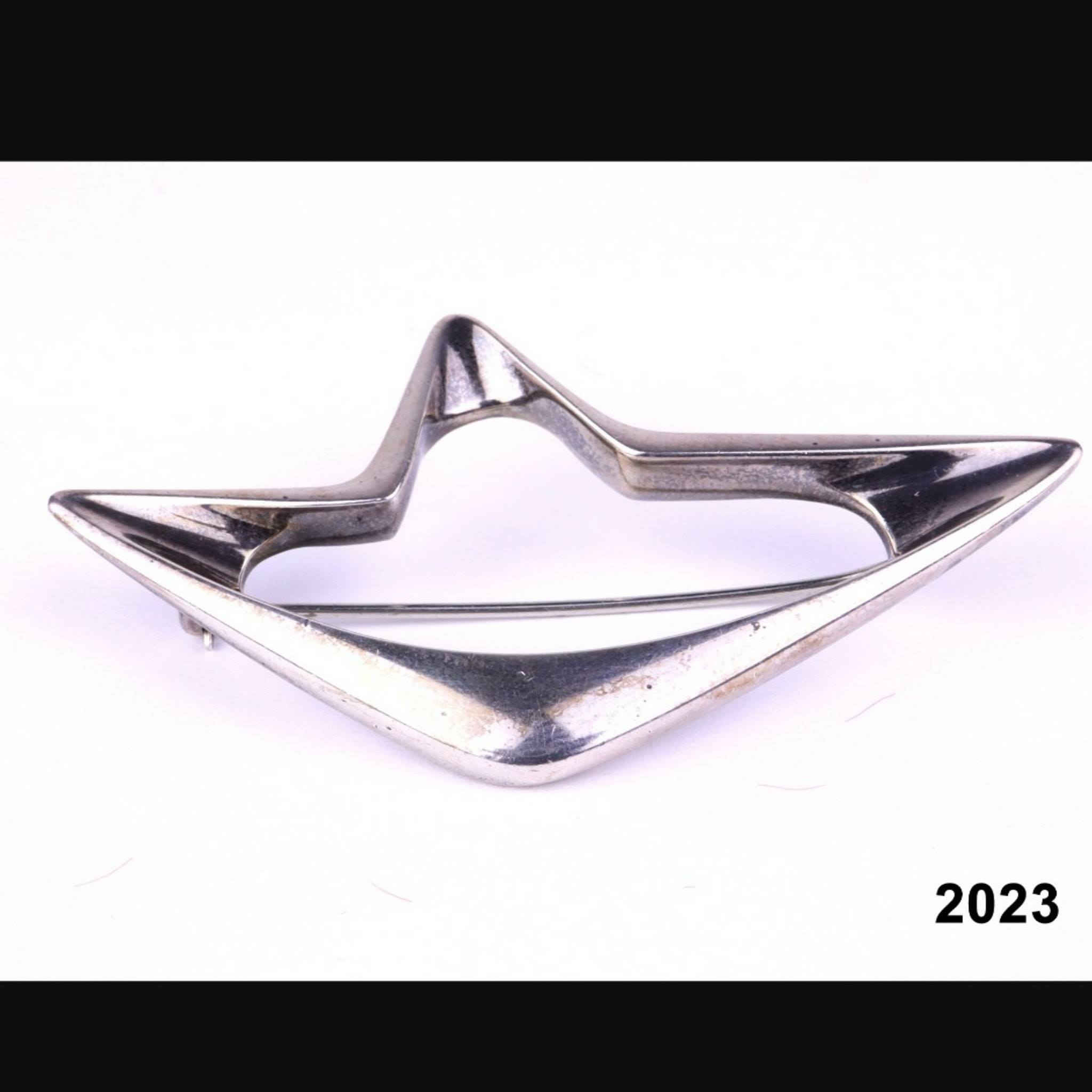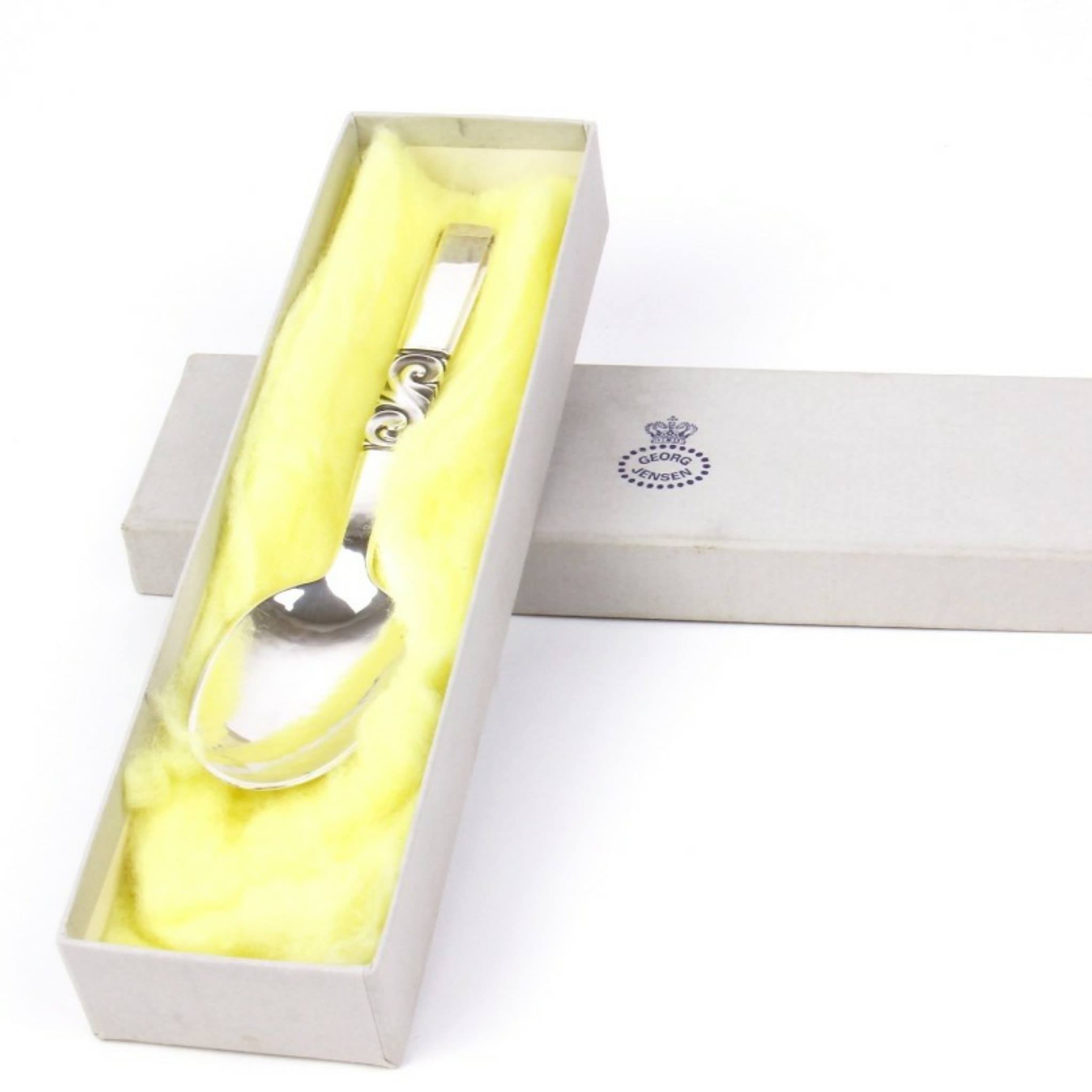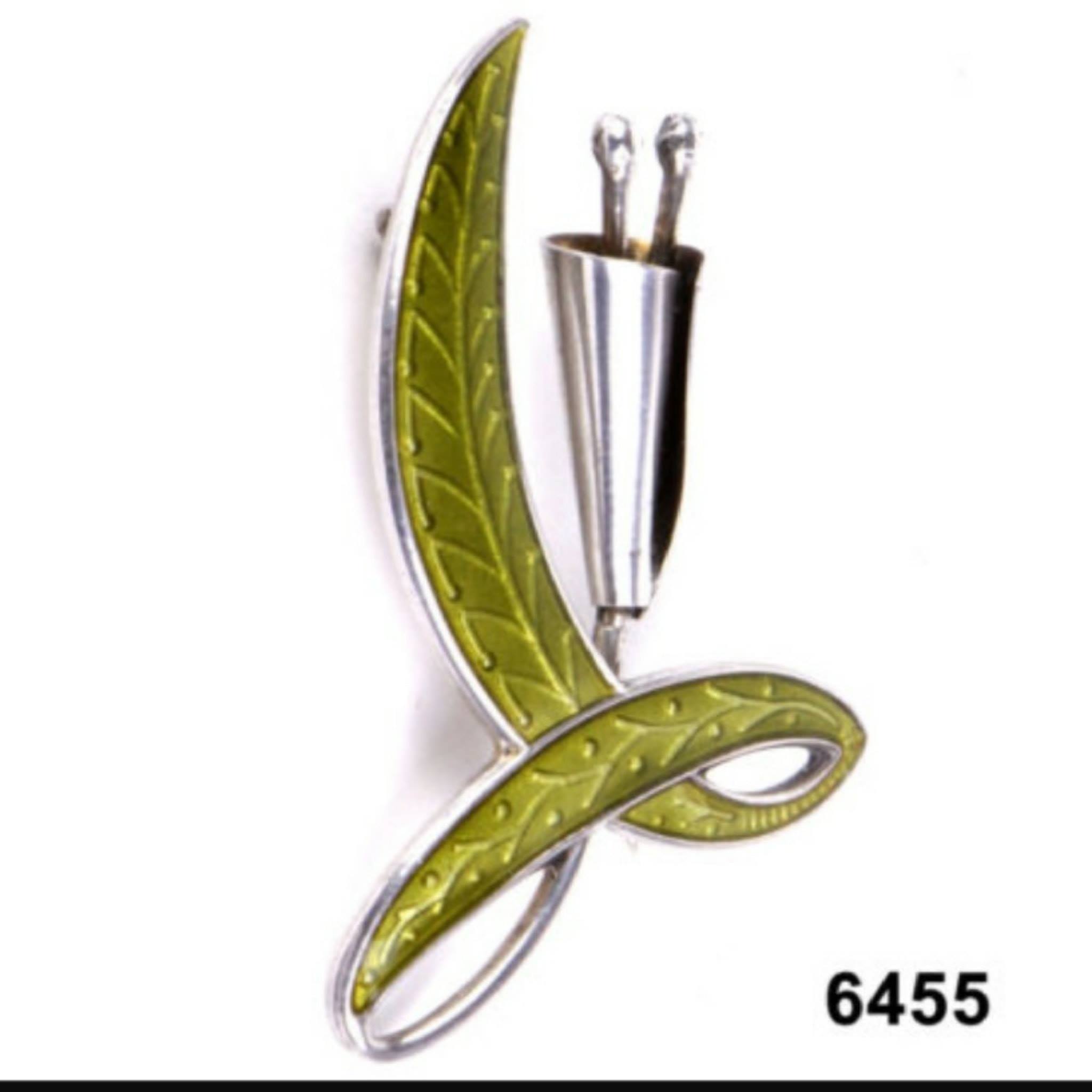SILVER JEWELLERY
Silver jewellery has been around for a very long time the earliest discovered dating as far back as 1000 BC in the form of an engraved cast silver armlet in Cyprus. Modern silver jewellery is manufactured everywhere and each has their own unique style. Let’s take a brief look at some of the unique designs from around our globe
SCANDINAVIAN
Scandinavia has produced jewellery since Viking times but the jewellery industry of this area did not gain momentum until the late part of the 19th century. Before this time, jewellery from three of the Scandinavian countries namely Sweden, Norway and Denmark, was mostly influenced by early Nordic traditions including complex knotted Celtic design symbols and nature and animals. These pieces emphasized their metal materials, in particular silver, with limited addition of gemstone or pearl decorations.
Near the turn of the 20th century, Scandinavian jewellery artists looked closer to home at indigenous arts & crafts to incorporate into their designs.
Norway distinguished itself in the art of enamelled metal and designers like David-Andersen and J. Tostrup adapted the plique-a-jour techniques for their jewellery production. These enamelled designs showcased the Art Nouveau trends of the time and featured bright colours and floral shapes and patterns.
In Denmark, “skønvirke” (literally beautiful work) was the common term for the Arts and Crafts design movement. These Skønvirke items were usually made in silver, occasionally set with precious stones, and relied on birds or flower motifs akin to the Art Nouveau styles.
The most well known Danish jewellery designer is probably Georg Jensen, who opened his own studio in 1904 in Copenhagen after working for Danish artist and later notable silversmith Mogens Ballin. Jensen was greatly influenced by natural forms of the Arts and Crafts movement, and his designs typically always featured gracefully flowing silver shapes with minimal ornamentation.

